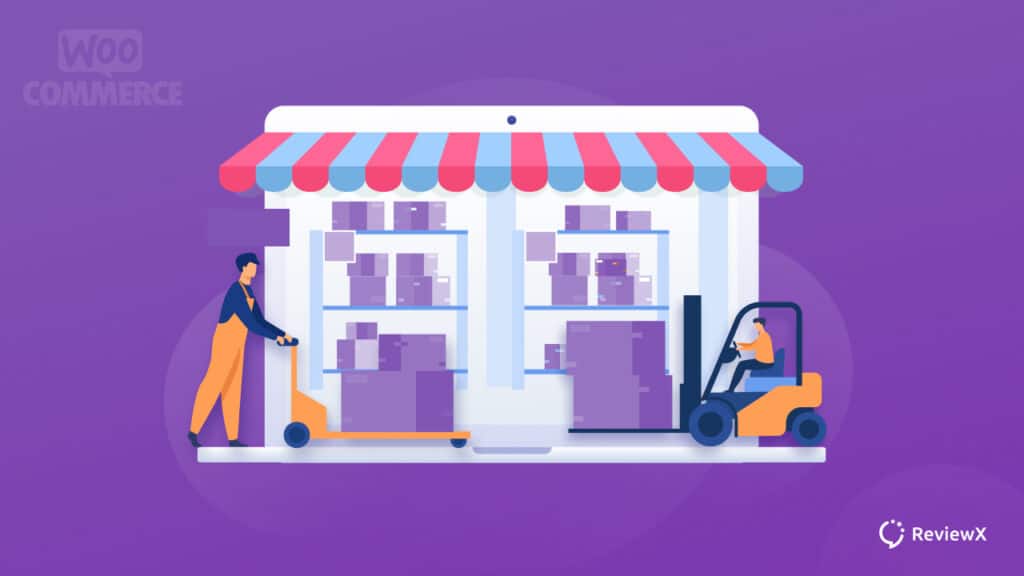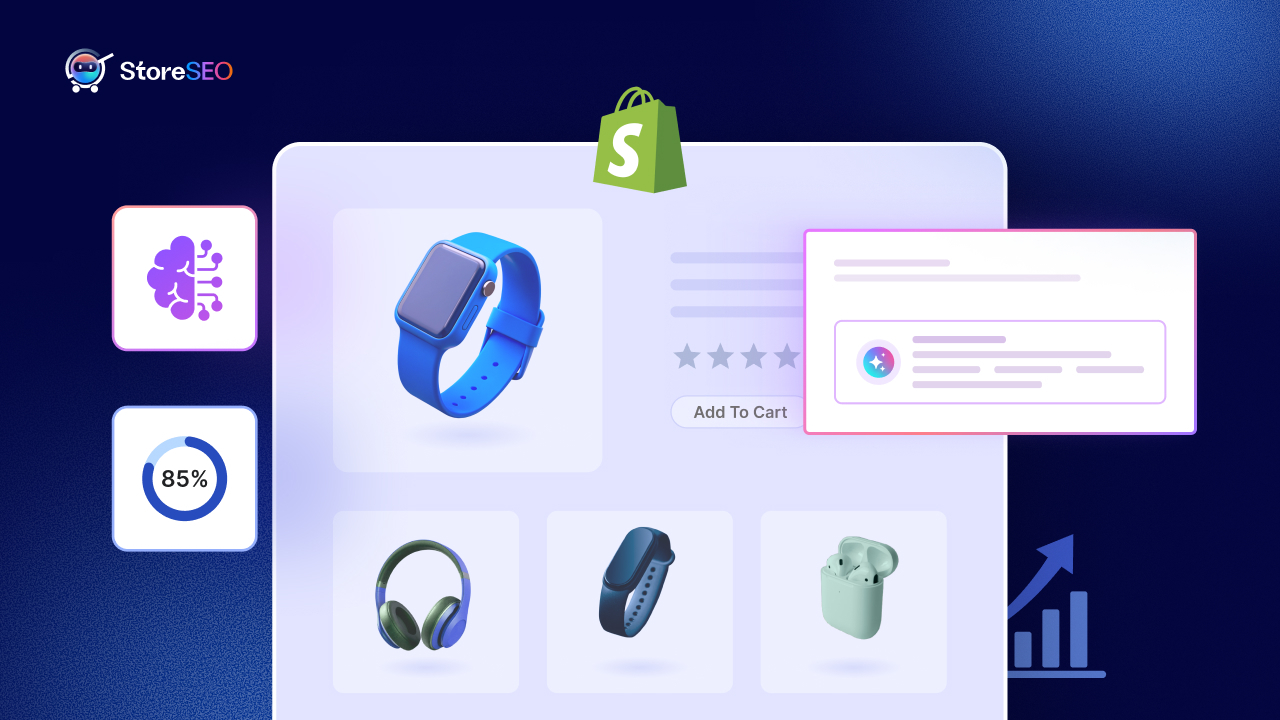As a retail store owner, stocking the correct amount of inventory is crucial. Overstocking can lead to costly excess inventory, while understocking can result in missed sales opportunities. Both can disrupt business growth and dissatisfy prospects and customers.
Making informed decisions about how much you need to prepare and arrange to have the right amount of goods and services ready for sale requires a proper understanding of overstocking and understocking. But with this comprehensive guide, we will look into the former – definition, key causes, and impacts on your store’s productivity and profitability – to help you be better equipped to prevent it and optimize your inventory management.

💡 Understanding Overstocking: Definition
Overstocking, also known as “surplus stock,” occurs when retailers purchase more products from suppliers than they can sell or store in their shops (regardless of whether they are online or physical). This leads to an excess of inventory that sits on store shelves or in warehouses, ultimately hurting profitability. Overstocking is a common challenge for many retailers, but it can be reduced through careful analysis, calculation, and planning.
To avoid this, understanding overstocking comes before anything. It is essential to set up good inventory management systems, use tools for predicting demand, and build smart relationships with providers. By using their stock levels best, stores can improve their cash flow, lower their holding costs, and run their businesses more efficiently.
Checking market trends and customer tastes on a regular basis also helps match supply with demand, making the supply chain more flexible and quick to act. To avoid the problems that come with having too much inventory and to stay ahead of the competition in the retail world, you need to be proactive in understanding overstocking.
🎯 Key Causes Of Overstocking: What To Look Into
Retailers often stash because they don’t know what customers want or how the market is moving. This is called incorrect demand forecasts. These mistakes in predicting can be caused by sudden changes in how customers act, changes in the seasons, and not analyzing the data properly. Understanding the causes of overstocking is essential for preventing it. Let’s explore some of the leading causes:
📌 Customer Demand
One of the primary causes of overstocking is misjudging customer demand. Many retailers struggle with an information deficiency when understanding customers’ behavior and preferences. To avoid misjudging customer demand, retailers should focus on gathering data on customer behavior, repeat purchases, and preferences.
📌 Out-of-Stock Fear
Fear of running out of stock, also known as stockouts, is a common concern for retailers. Stockouts can result in lost sales, frustrated customers, and damage to brand reputation. To prevent stockouts, some retailers overcompensate by overstocking inventory. However, this can lead to its own set of problems.
📌 Promotional Marketing Failure
Relying too heavily on promotional marketing to drive sales can contribute to overstocking. Retailers may purchase large quantities of products based on the assumption that a compelling marketing campaign will increase sales. However, by aligning marketing efforts with customer demand, retailers can avoid excessive stock that may be difficult to sell.
📌 Mismanaged Inventory Management
Lack of insight into inventory and carrying costs can result in excess stock. Carrying costs include expenses related to holding or storing inventory, such as labor salaries, shipping, warehousing, and depreciation. Implementing inventory management software and analyzing inventory costs can help prevent overstocking.
📌 Supply Chain Issues
Supply chain disruptions, such as shortages and shipping problems, can tempt retailers to overcompensate by overbuying inventory. While maintaining on-shelf availability is essential, retailers should have data tools to gather insights from point-of-sale systems.
📌 Challenges For Different Industries
Different industries face unique overstocking challenges. For example, the fashion and apparel industry often struggles with overstocked clothing due to forecasting demand for seasonal trends. Retailers may also face challenges with perishable goods, as the limited shelf life of certain products requires accurate demand forecasting.
📦 Impacts Of Overstocking For Retail Stores

When stores have too much inventory, they tie up capital in items that are not selling. This makes holding costs go up, and stores may have to discount items to make money. Also, it makes it harder to use shelf room. Overstocking inventory can have severe consequences for retail stores, including the ones below:
1. Cost For Storage
One immediate impact of overstocking is increased storage costs. Excess inventory takes up valuable space in warehouses or store shelves, preventing the placement of products that could sell. Retailers incur expenses related to warehousing, labor, and depreciation, impacting their bottom line.
2. Issues For Cash Flow
Overstocking ties up valuable working capital. Retailers invest money in purchasing inventory that may not be sold immediately, minimizing their ability to recover the investment. This can lead to cash flow issues, preventing retailers from restocking popular items or introducing new products into their assortment.
3. Product Expiration
Overstocking can lead to product expiration and obsolescence for retailers selling perishable goods. The limited shelf life of certain products, such as food or beauty products, requires careful inventory management to avoid excessive quantities of expired inventory.
4. Reduced Profit Margins
Excess inventory often requires deep discounts to sell, impacting the profitability of the products. Retailers may need to invest additional time and resources to expedite the sale of overstocked items, further reducing profit margins.
5. Wasted Resources & Time
Managing excess inventory requires additional resources and time. Retailers must allocate manpower and resources to handle, store, and sell overstocked items. This takes away valuable resources that could be used for other business operations.
Prevent Overstocking: Tips & Best Practices

To avoid overstocking, it’s important to accurately predict demand, handle supplies strategically, and build strong relationships with suppliers. It is important to use real-time data analytics, keep up with market trends, and find the best restart spots. Here are some strategies to consider:
🎯 Accurate Demand Forecasting
You have to invest in demand forecasting tools and analyze historical sales data to predict future demand accurately. By understanding customer behavior and preferences, retailers can make informed inventory replenishment decisions and avoid overstocking.
🎯 Optimize Inventory Management
Implement inventory management software to gain insight into inventory costs and carrying costs. This will help retailers accurately track profit margins and cost of goods sold, enabling better inventory management practices. Regularly analyze inventory turnover rates and adjust order quantities accordingly.
🎯 Strategic Pricing and Promotions
When pricing and promotional strategies are aligned with customer demand and seasonal buying patterns, avoid relying solely on marketing campaigns to drive sales. Instead, use data-driven insights to make informed decisions about purchasing quantities and timing.
🎯 Efficient Supply Chain Management
Build a resilient supply chain management to mitigate disruptions and avoid overcompensating with excessive inventory purchases. Work with multiple suppliers, leverage multiple carriers and monitor supply chain delays to make informed decisions about inventory levels.
🎯 Analyze Industry-Specific Challenges
Understand the unique challenges of your industry and adjust inventory management strategies accordingly. For example, fashion retailers may need to adjust size quantities based on historical sales data. On the other hand, retailers selling perishable goods should focus on accurate demand forecasting for these time-sensitive products.
🎉 Gain Expertise On Understanding Overstocking & Boost Revenue
Understanding overstocking is crucial for retail store owners to optimize inventory management practices. By identifying the key causes of overstocking and its impacts on their businesses, retailers can implement preventive measures to avoid excessive stock. Retailers can achieve better productivity, profitability, and customer satisfaction by taking a proactive approach to inventory management.
Don’t forget to subscribe to our blog for more exciting comparisons, in-depth reviews, and expert Shopify tips and tricks. You can also follow our Facebook community for the latest updates to stay ahead of the curve and ensure consistent growth for your Shopify store.









